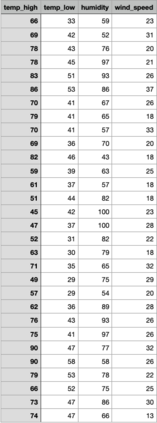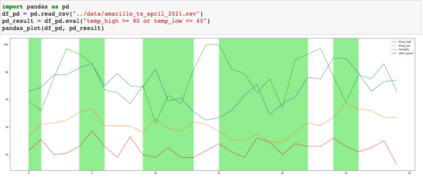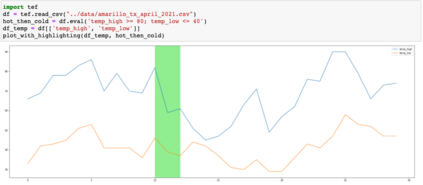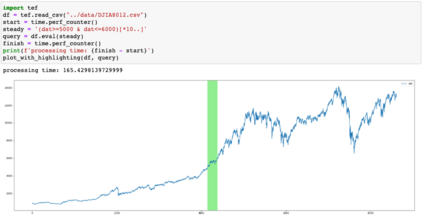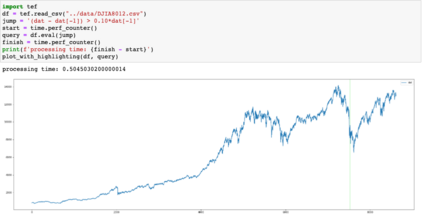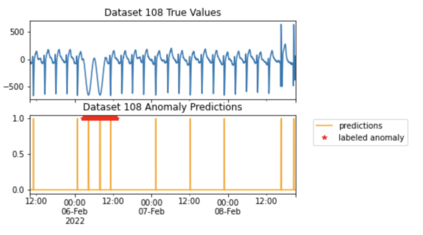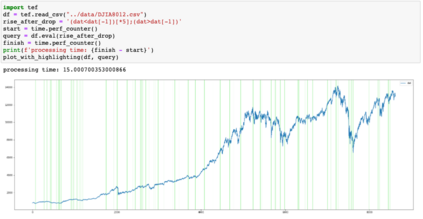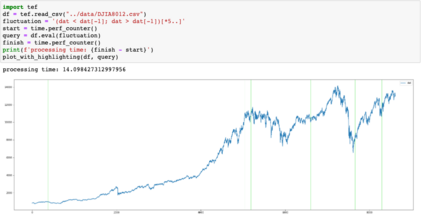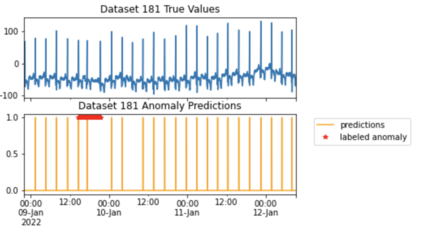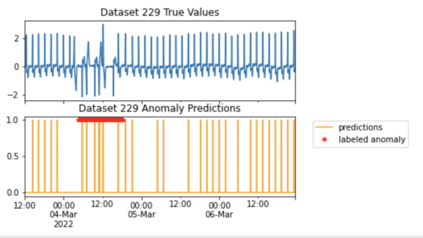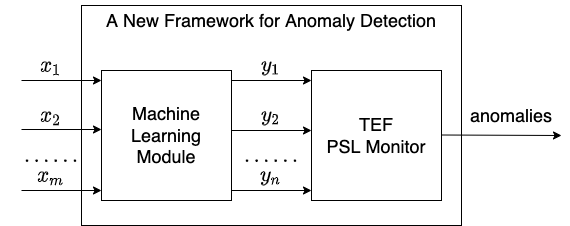Property Specification Language (PSL) is a form of temporal logic that has been mainly used in discrete domains (e.g. formal hardware verification). In this paper, we show that by merging machine learning techniques with PSL monitors, we can extend PSL to work on continuous domains. We apply this technique in machine learning-based anomaly detection to analyze scenarios of real-time streaming events from continuous variables in order to detect abnormal behaviors of a system. By using machine learning with formal models, we leverage the strengths of both machine learning methods and formal semantics of time. On one hand, machine learning techniques can produce distributions on continuous variables, where abnormalities can be captured as deviations from the distributions. On the other hand, formal methods can characterize discrete temporal behaviors and relations that cannot be easily learned by machine learning techniques. Interestingly, the anomalies detected by machine learning and the underlying time representation used are discrete events. We implemented a temporal monitoring package (TEF) that operates in conjunction with normal data science packages for anomaly detection machine learning systems, and we show that TEF can be used to perform accurate interpretation of temporal correlation between events.
翻译:财产规格语言(PSL)是一种时间逻辑,主要用于不同领域(如正式硬件核查)。在本文中,我们表明,通过将机器学习技术与PSL显示器合并,我们可以将PSL扩大到连续领域。我们在机器学习反常探测中应用这种技术,从连续变量中分析实时流事件情景,以发现系统的异常行为。我们利用正规模型的机器学习,利用机器学习方法的优势和时间的正式语义。一方面,机器学习技术可以产生连续变量的分布,其中异常可以作为分布的偏差捕获。另一方面,正式方法可以描述离散时间行为和通过机器学习技术无法轻易了解的关系。有趣的是,通过机器学习所发现的异常现象和所使用的基本时间代表方式是离散事件。我们采用了一个时间监测包(TEF),与异常检测机器学习系统的正常数据科学包一起运行,我们表明,TEF可用于对事件之间的时间相关性进行准确解释。



